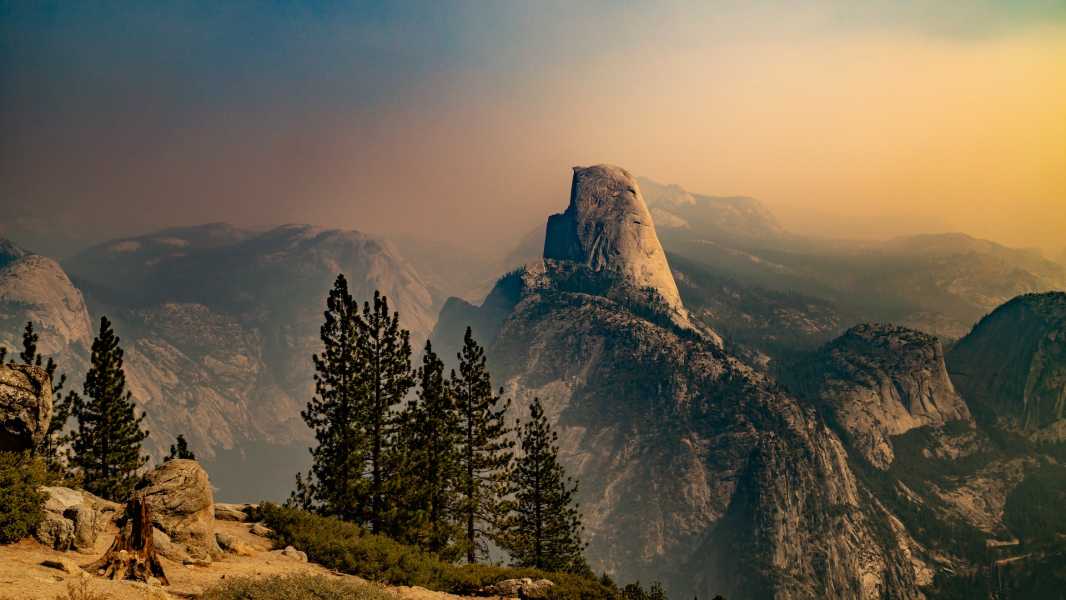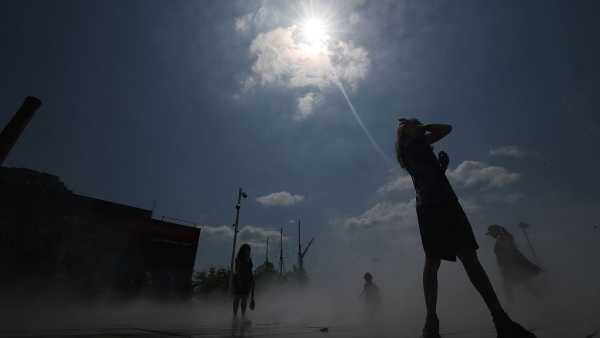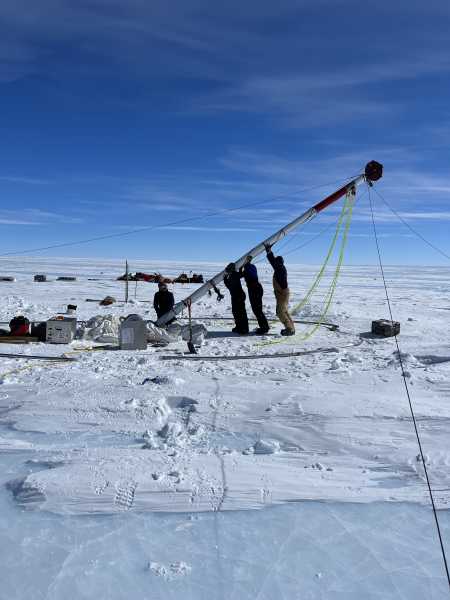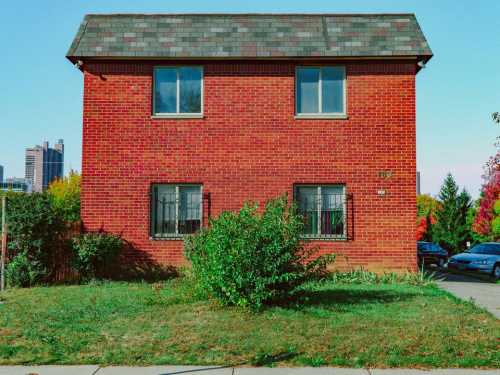
(Image credit: Cindy Robinson via Getty Images)
Beneath California's majestic Sierra Nevada mountains, the earth's crust is peeling away.
This process, known as lithospheric subsidence, is nothing to worry about. In fact, it may explain how the continents formed in the first place. Continental crust is higher and lasts longer than oceanic crust because it is less dense. The subsidence may be the result of lighter crustal components separating from heavier ones, leading to the formation of the continents on which all life on Earth depends.
New research suggests that this process is currently underway beneath the Sierra Nevada. According to the new data, beneath the southern part of the mountain range, the lithosphere — the upper part of the Earth's mantle and part of the crust — is already peeling away and sinking into the deeper mantle. The lithosphere beneath the central Sierra is currently peeling away as well, although the process has not yet reached the northern end of the mountain range.
“You could be in the Sierra Nevada mountains fishing, and a huge layer could be peeling away underneath you, and you wouldn't even know it,” says Vera Schulte-Pelcum, a geologist at the University of Colorado at Boulder.
There are no signs on the surface that the peeling is happening. But researchers have previously noticed unusually deep earthquakes beneath the Sierras, with tremors ranging from magnitude 1.9 to 3.2 occurring at depths of more than 25 miles (40 kilometers). That’s surprising, Schulte-Pelcum told Live Science, because rocks at that depth are typically hot and under pressure, causing them to deform rather than fracture into seismic waves.
Schulte-Pelcum and her co-author, seismologist Deborah Kilbe of the University of California, San Diego, analyzed records of earthquakes in the region from 1985 to 2023. They used waves from these quakes to gain information about the deep crust and upper mantle beneath the mountains. They focused on a measurement known as anisotropy, which shows how waves travel differently depending on the direction they arrive. This can provide information about the orientation of rocks.
The results showed a layer 25 to 43 miles (40 to 70 kilometers) deep where rocks separate from the crust. In the southern Sierra, near Sequoia National Park, this layer disappears, and in the northern Sierra, around Lake Tahoe, it does not peel off. However, in the central Sierra, beneath Yosemite National Park, the layer is actively sinking into the mantle.
Previous research has suggested that this peeling may have occurred beneath the southern Sierra 3 or 4 million years ago, Schulte-Pelcum noted. “Now we can say, ‘We think it’s still going on,’” she added, “so we’re kind of watching it in real time.”
The researchers published their findings in December in the journal Geophysical Research Letters. A similar process of continental crust formation may be occurring in other regions of the world, including New Zealand, the Anatolian Plateau in Turkey and the Carpathian Mountains in Eastern Europe, Schulte-Pelcum said.
“We could investigate this in different places where the lithosphere is thought to have been thicker and is now peeling away,” she concluded.

Stephanie PappasNavigate Social LinksLive Science Contributor
Sourse: www.livescience.com





